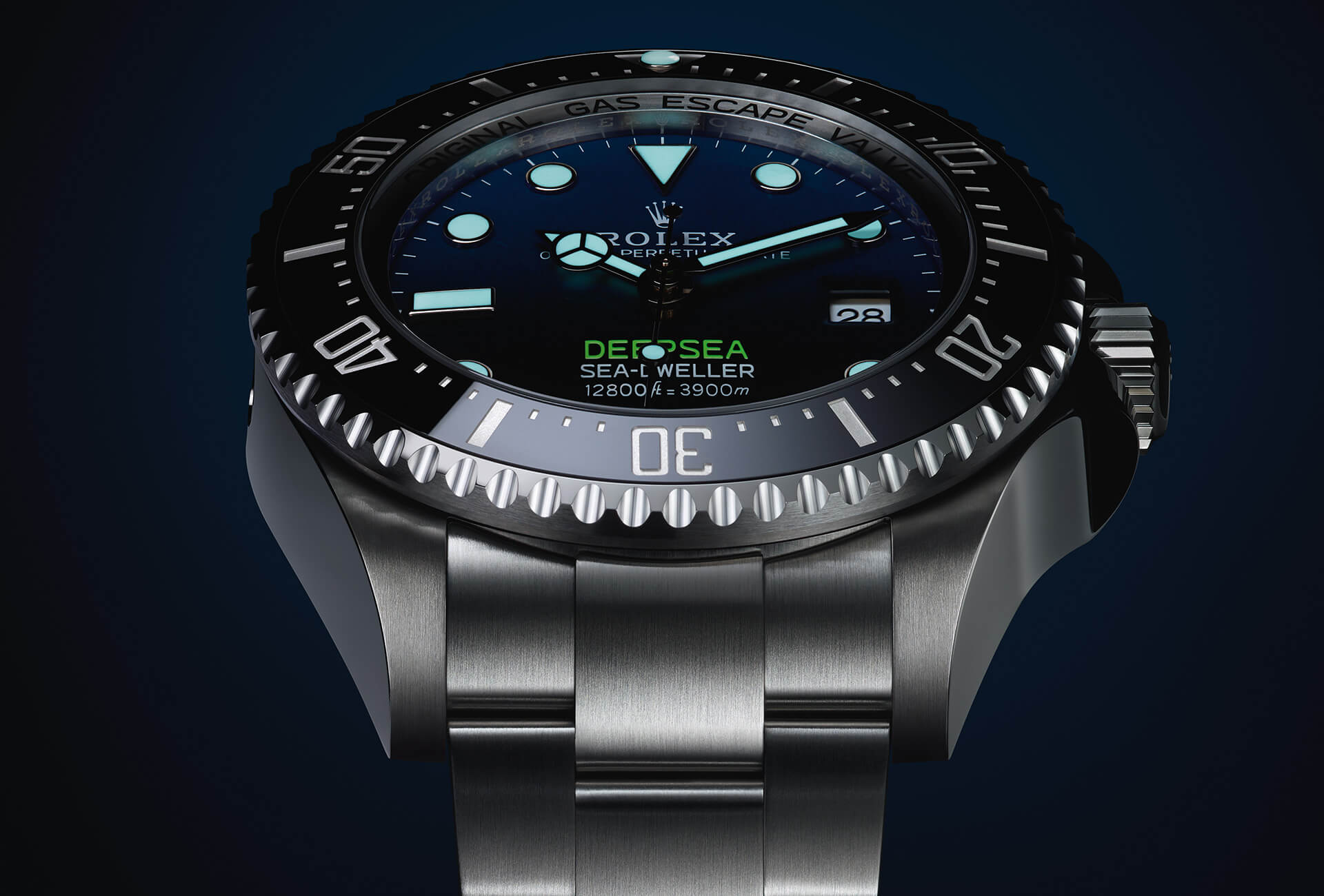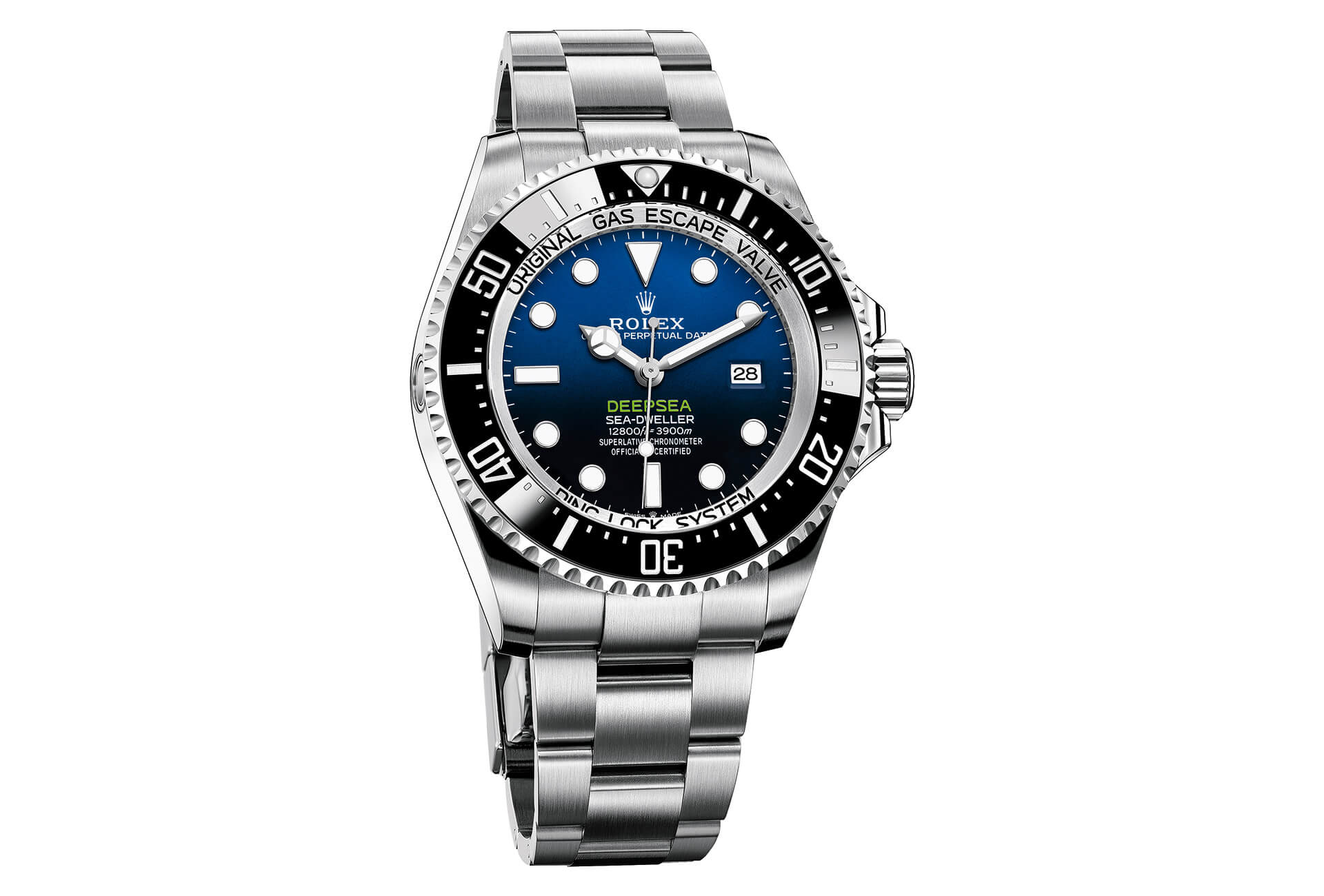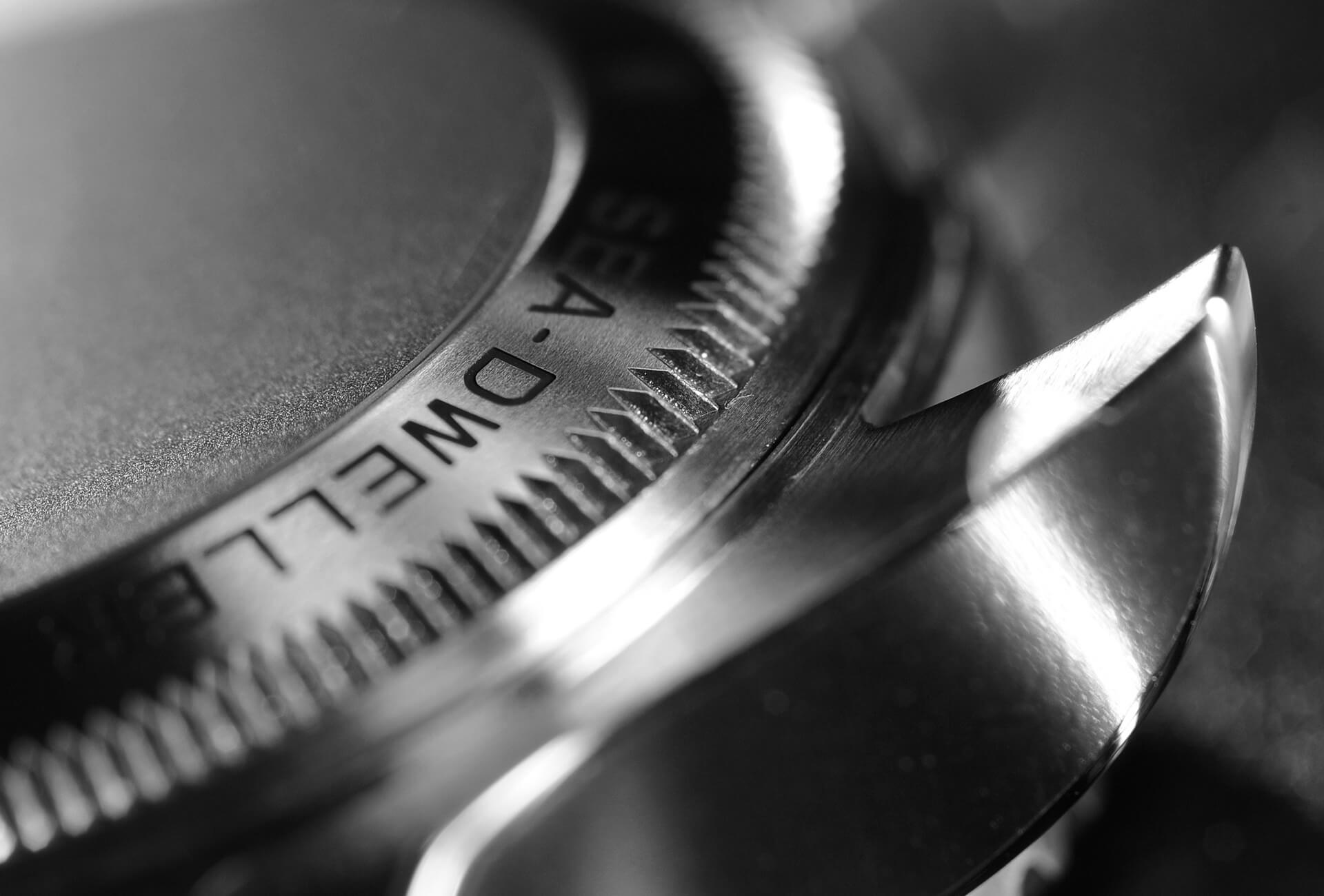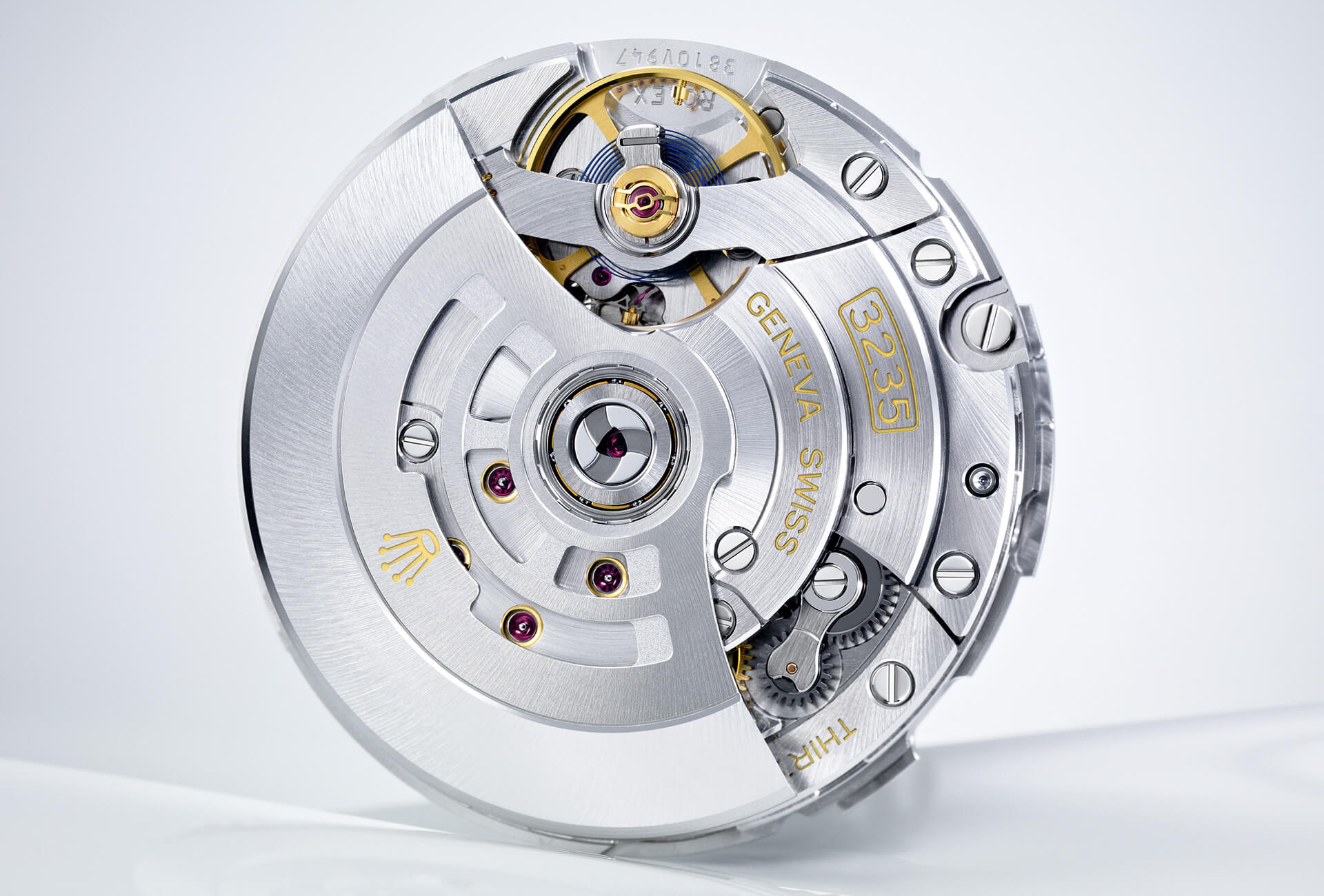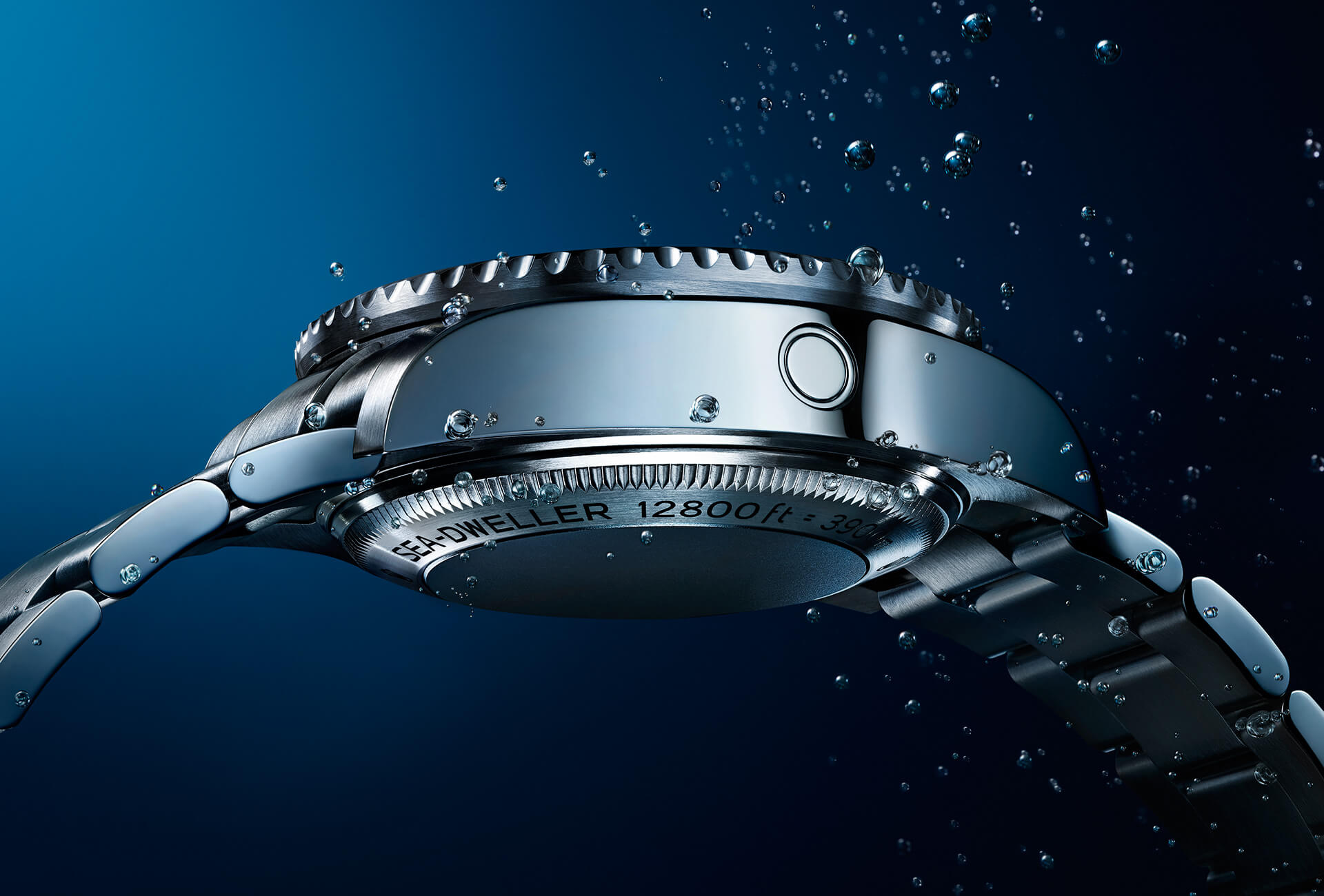The Deepsea, Submariner and Sea-Dweller have each garnered a cult following among collectors and enthusiasts – although where the Deepsea is concerned, many claim the watch is just too large to wear comfortably on the wrist. It is indeed a monster, but with good reason. Boasting an impressive depth rating of 3,900 metres (12,800 feet), it’s designed to withstand immense pressure in incredibly harsh environments.
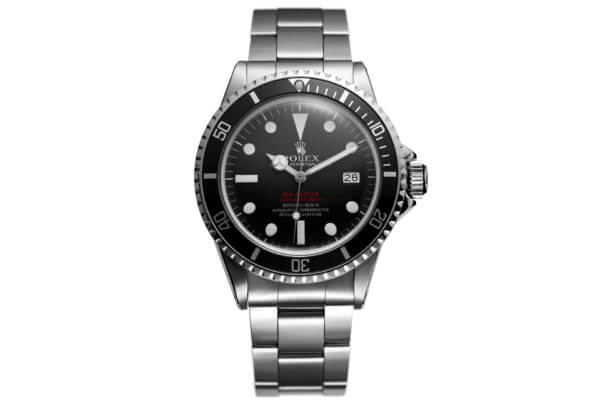
The Sea-Dweller was launched in 1967 and marketed as a purpose-built tool watch for diving professionals. Initially it was built to withstand depths of 610 metres (2,000 feet) and featured a helium escape valve which was co-developed by Rolex. In 1978 it was upgraded to a rating of 1,220 metres (4,000 feet). The Sea-Dweller would retain its depth-rating crown until 2008 when a new kid on the block showed up: the Deepsea.
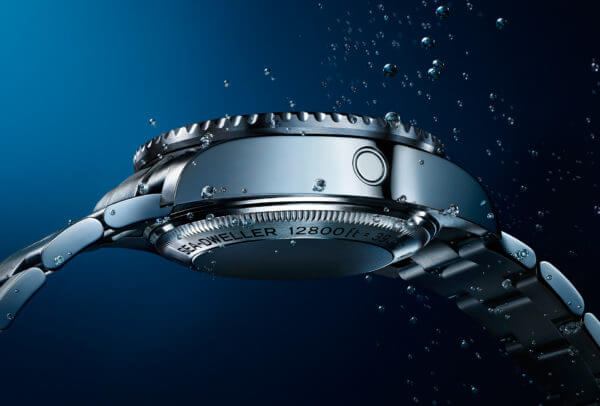
The Deepsea owes its impressive ability to withstand water pressure to the Ringlock system (written on the ring which surrounds the dial). It’s a tri-part system, made up of the crystal, the inner case ring and the caseback.
Three tonnes of water pressure
The Deepsea’s domed crystal measures 5.5mm thick. This is huge compared with a Submariner crystal, which comes in at under 2mm, but essential considering it has to sustain the equivalent of three tonnes of water pressure forced onto it. A chipped or deeply scratched crystal can cause a watch to fail water-resistance testing, in which case the only solution is to fit a new, undamaged part.
Sandwiched between the crystal and the caseback sits a steel compression ring which protects the case against the massive pressure exerted at great depths. Many watches use a case ring that fits around the movement. In the Deepsea, the case ring is used structurally to help relieve the pressure exerted on the case. The ring itself is made from a nitrogen-alloyed steel, an alloy that is more resistant to corrosion than high-carbon steel, as well as stronger. It’s this ring that helps sustain the huge pressure being forced onto the crystal and the caseback.
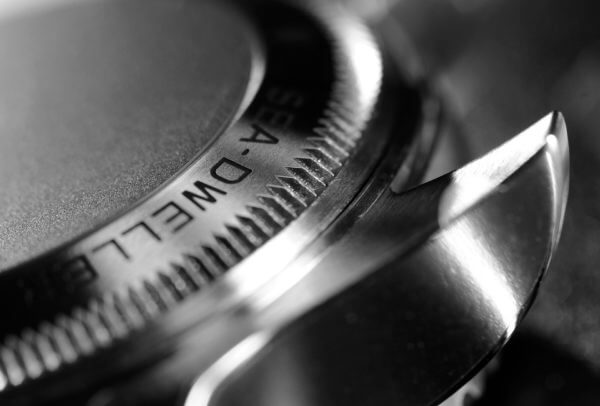
A watch normally relies on the case itself to withstand pressure. The crystal is fitted to the case middle via a gasket, as is the caseback. With the Deepsea, the crystal and the caseback are separate from the case, with the inner compression ring taking the stress. This construction allows for a relatively normal size of just 1mm larger in diameter than a regular Sea-Dweller.
A titanium caseback
Submariner and Sea-Dweller casebacks are constructed from high-grade 904L stainless steel. This isn’t an option for the Deepsea, which is designed to descend further underwater. Instead, Rolex uses grade 5 titanium which outperforms stainless steel for compressive and tensile strength, as well as having a higher elastic limit. As stated earlier, the titanium caseback sits directly on the inner ring (separated by a gasket). A stainless steel outer ring is then screwed onto the case which secures the titanium ring in place.
When I toured Rolex in Geneva, I was shown a Sea-Dweller that had been taken down to Deepsea depths and let me tell you, the result was quite an eye-opener. The caseback looked as though someone had smashed it with a hammer. The movement was protruding through the front of the case and the dial had been forced through the shattered crystal. It was a sight to see and really impressed on me the engineering that goes into the Deepsea.
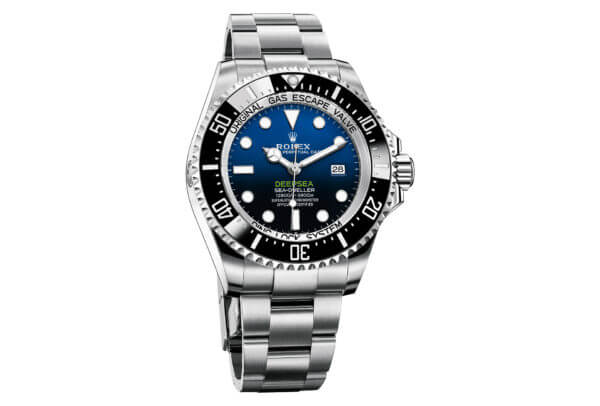
Does the average PADI diver need a watch that will take them 3,900 metres (12,800 feet) under the sea? Not really. In fact there’s no reason why Rolex should make the Deepsea for the average consumer at all, but I’m certainly glad they do. It’s a watch that says “Hey, look what I can do”, and with this year’s upgrade of the new caliber 3235, I don’t see it going anywhere anytime soon.







